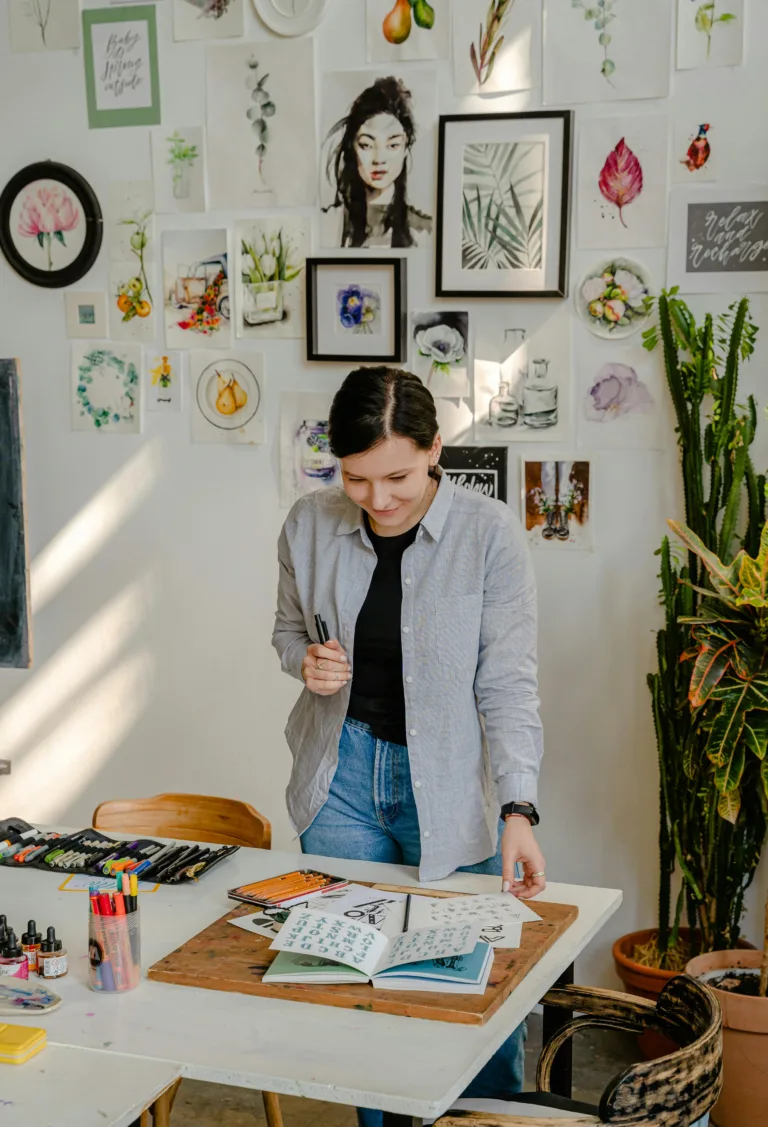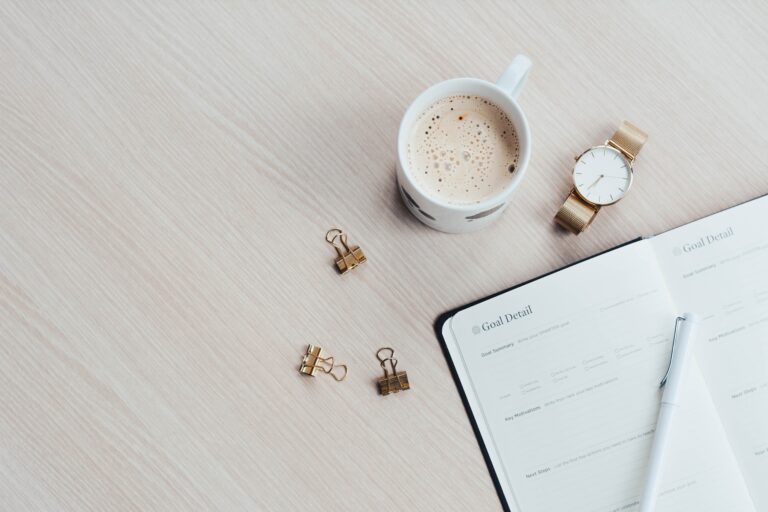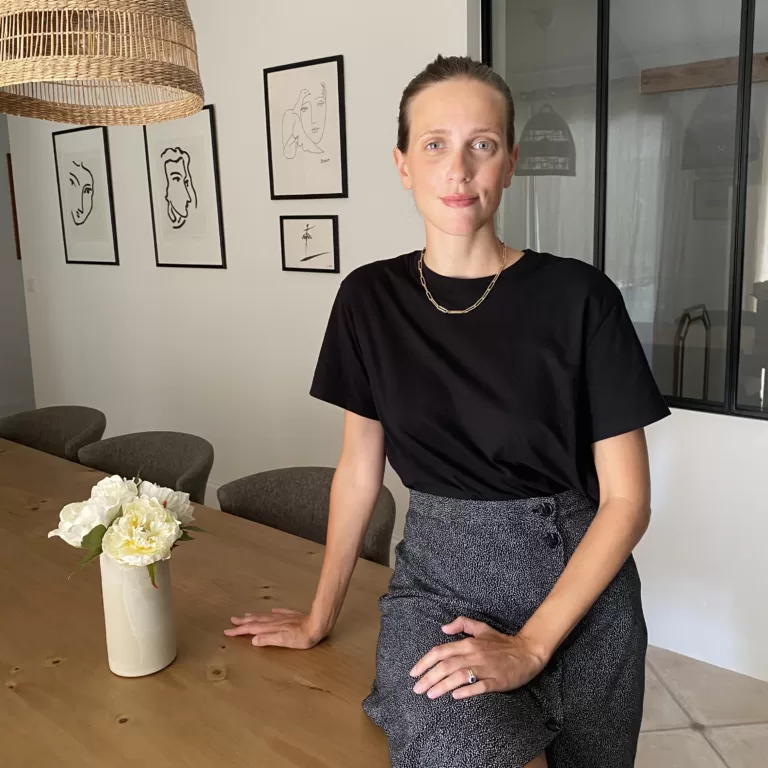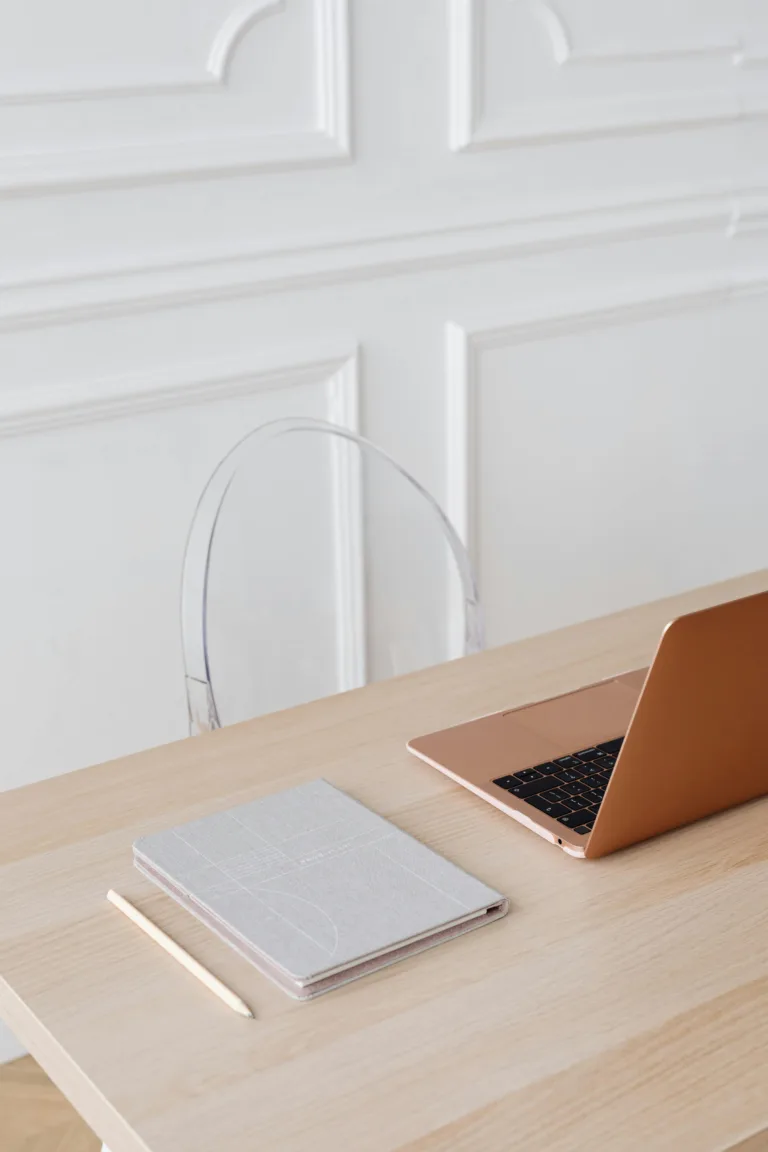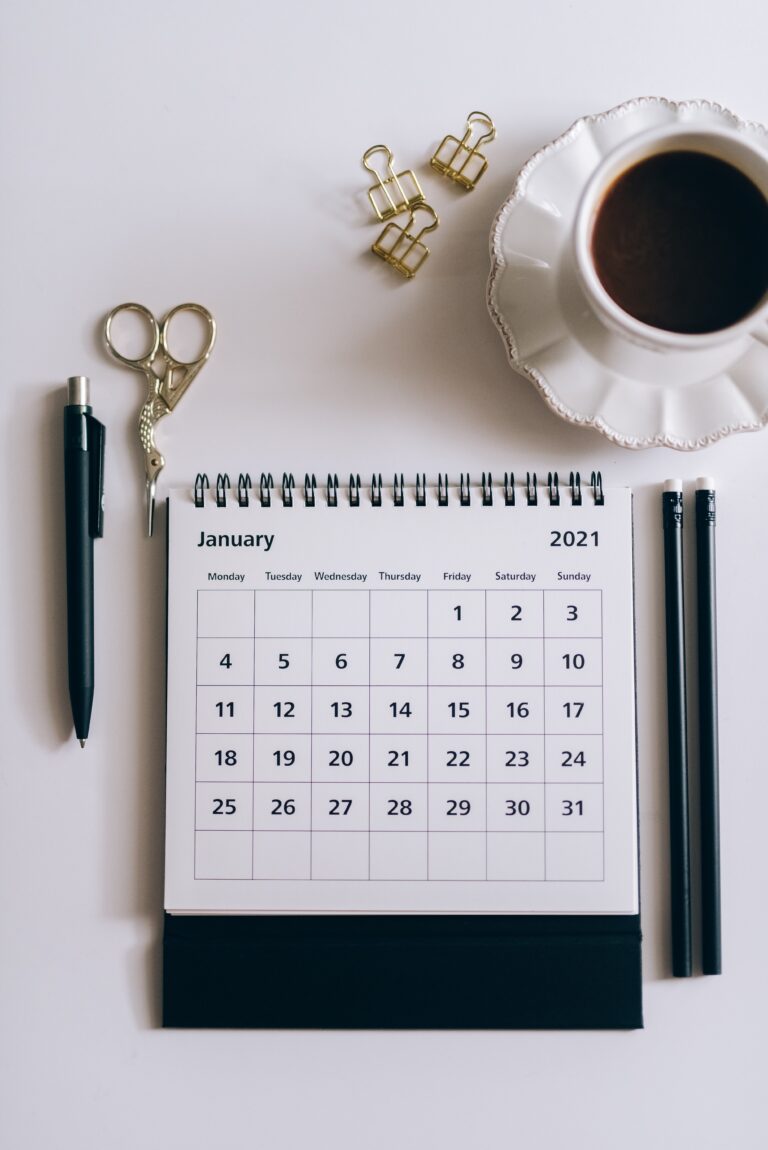The Art of Bluffing in Old Gun
The Art of Bluffing in Old Gun
Understanding the Basics of Bluffing
Bluffing is an essential aspect of any poker game, allowing players to deceive their opponents into folding or betting more than they would have otherwise. In old gun, a variant of poker played with a deck of cards and small stakes, bluffing can be even more crucial due to the low-stakes nature of the game. Players must rely on clever strategy and psychological manipulation to site emerge victorious.
In this article, we’ll delve into the world of bluffs in old gun, exploring various techniques and strategies that will help you become a master at deceiving your opponents.
The Importance of Table Image
Your table image is a crucial aspect of poker, influencing how other players perceive you and react to your actions. In old gun, it’s essential to establish a balanced image, neither too aggressive nor too passive. A balanced player appears unpredictable, making it difficult for others to anticipate their next move.
To create an effective table image, pay attention to the following factors:
- Playing style : Mix up your play to avoid becoming too predictable.
- Bet sizing : Vary your bets to keep opponents guessing about your intentions.
- Position : Be mindful of your position at the table and adjust your strategy accordingly.
By maintaining a balanced image, you’ll create an aura of unpredictability that will make it challenging for others to read you accurately.
The Fundamentals of Bluffing
Bluffing involves deceiving opponents into believing you have a stronger hand than you actually do. To execute a successful bluff, consider the following:
- Confidence : Project confidence through your body language and betting patterns.
- Bet sizing : Make strategic bets that are likely to deceive your opponents about your hand strength.
- Tells : Be aware of any tells (verbal or non-verbal cues) that might reveal your intentions.
The Role of Psychology in Bluffing
Psychology plays a vital role in bluffing, as it’s based on manipulating your opponents’ perceptions. To create an effective bluff, consider the following psychological tactics:
- Misdirection : Create distractions to divert attention from your actual hand.
- Emotional manipulation : Use emotional triggers to influence your opponents’ decision-making.
- Reading opponents : Pay attention to their body language and betting patterns to understand their thought process.
By understanding the psychological aspects of bluffing, you’ll be able to create more convincing bluffs that will deceive even the most experienced players.
Types of Bluffs
There are several types of bluffs that you can employ in old gun, each with its unique characteristics:
- Value bet : Betting a significant amount on a relatively weak hand to make opponents fold stronger hands.
- Bluff raise : Raising your bet after an initial call to create the illusion of strength.
- Check-raise : Checking and then raising your bet to mislead your opponents about your hand.
Each type of bluff has its own strengths and weaknesses, so it’s essential to understand when to use them effectively.
Common Mistakes to Avoid
Bluffing can be an art, but even experienced players often make mistakes. To improve your skills, avoid the following common pitfalls:
- Over-bluffing : Don’t bluff too frequently, as this will reduce their effectiveness.
- Under-balancing : Ensure that your bluffs are balanced with legitimate value plays to maintain a balanced image.
- Lack of variety : Vary your bluff types and strategies to keep opponents guessing.
By being aware of these common mistakes, you’ll be able to refine your skills and become a more effective bluffer in old gun.
Advanced Bluffing Strategies
As you gain experience with bluffs, consider incorporating the following advanced strategies into your game:
- Combining bluffs : Combine multiple bluff types for increased effectiveness.
- Bluff timing : Use your knowledge of opponents’ tendencies and table dynamics to time your bluffs perfectly.
- Adapting to situations : Adjust your bluffing strategy based on the situation, such as playing against tight or loose opponents.
Conclusion
The art of bluffing in old gun requires a combination of strategic thinking, psychological manipulation, and experience. By mastering the fundamentals of bluffs, understanding table image, and avoiding common mistakes, you’ll be well-equipped to deceive even the most experienced players.
Remember that bluffs are just one aspect of the game – balance your strategy with value plays and legitimate hand strength. As you continue to develop your skills, always keep in mind the importance of adaptability and creativity. By embracing these qualities, you’ll become a formidable opponent at any old gun table.

